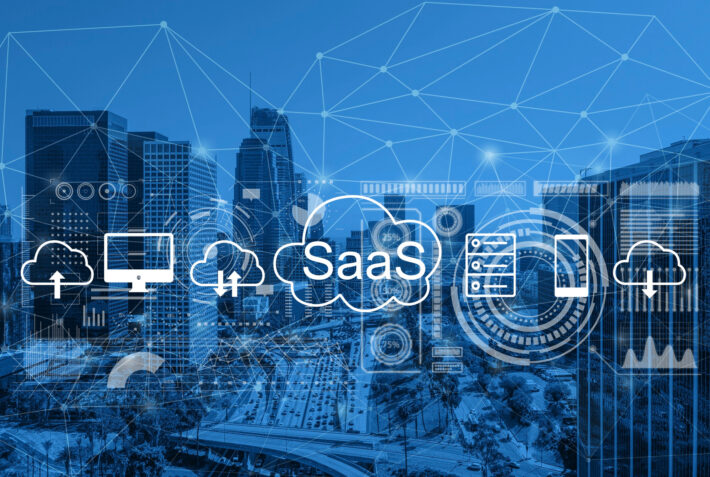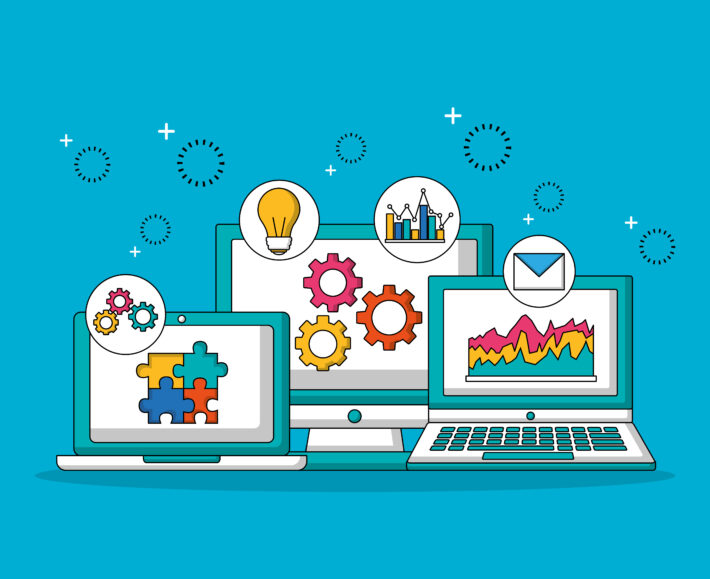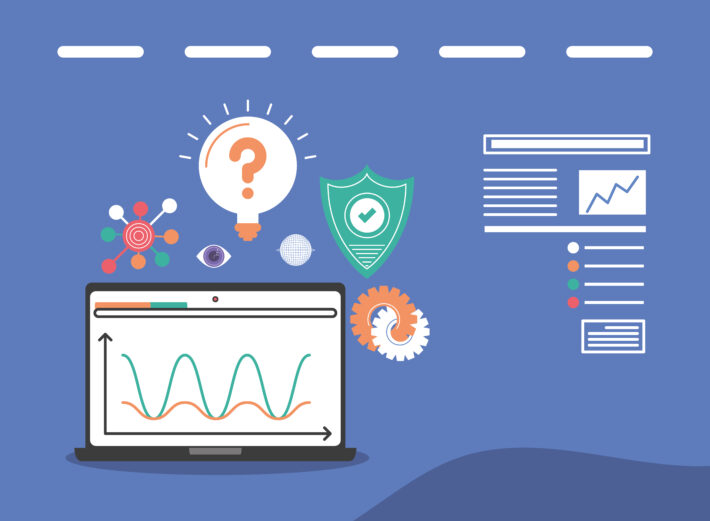Cutting IT Costs with Strategic SaaS Adoption: How to Transform Your Tech Spending

Switching to SaaS isn’t just a shift in technology—it’s a strategic move to cut IT costs while optimizing productivity. Companies are leveraging strategic SaaS adoption to drastically reduce their IT budgets by eliminating expensive hardware, minimizing maintenance, and improving scalability. This article will explore how SaaS can transform your tech spending and drive long-term financial benefits.
Traditional IT Costs vs. SaaS: A Cost-Effective Shift
The traditional IT cost structure revolves around significant upfront investments in hardware and ongoing maintenance. Here’s a breakdown of the most common costs in traditional IT:
- Hardware: Servers, networking equipment, and data centers.
- Software Licensing: One-time licensing fees with additional costs for upgrades.
- IT Staff: Salaries for in-house technicians and administrators.
- Data Center Costs: Energy consumption and physical space for hardware.
- Security: Firewalls, antivirus software, and security infrastructure.
- Downtime: Financial loss due to system outages and recovery time.
These factors contribute to high capital expenditures (CAPEX) and operational expenses (OPEX), creating a financial strain for businesses—especially those scaling rapidly.
Why Strategic SaaS Adoption Is a Financial Game-Changer
SaaS (Software as a Service) operates on a subscription-based model, offering flexibility and cost savings compared to traditional IT structures. By strategically adopting SaaS, companies can eliminate the need for expensive hardware and reduce IT personnel costs.
Key benefits of SaaS:
- No hardware investments: SaaS eliminates the need for on-premise servers or data centers.
- Lower IT staffing costs: SaaS providers handle updates, support, and maintenance, reducing the need for in-house IT teams.
- Subscription-based pricing: Companies only pay for what they use, avoiding oversized software packages and upfront costs.
How the SaaS Pricing Model Works
SaaS typically follows a pay-as-you-go pricing model, allowing businesses to scale their software usage based on real-time needs. Common SaaS pricing models include:
- Per user: Fees based on the number of users accessing the software.
- Tiered pricing: Multiple service tiers with different pricing based on features.
- Freemium: Basic features offered for free, with advanced features available through paid subscriptions.
These pricing models make SaaS highly flexible, allowing businesses to grow without committing to significant upfront costs.
Direct and Indirect Cost Savings from SaaS
Direct Cost Savings:
- No more hardware costs: SaaS removes the need for on-premise servers, reducing infrastructure expenses.
- Lower IT staffing costs: SaaS vendors manage software updates and security, freeing up internal IT resources.
- Elimination of software licensing fees: Subscription fees replace the hefty one-time costs of software licenses.
Indirect Cost Savings:
- Increased productivity: User-friendly SaaS applications enhance employee efficiency and collaboration.
- Faster time-to-market: SaaS applications can be deployed quickly, allowing businesses to respond faster to market changes.
- Improved security: SaaS vendors often include built-in security measures and automatic data backups, reducing the risk of data loss.
Hidden Costs of Traditional IT That SaaS Eliminates
Traditional IT infrastructure comes with hidden costs that can drain a company’s budget. SaaS adoption helps eliminate or reduce these hidden expenses:
- High upfront capital expenditure: With SaaS, businesses avoid purchasing expensive hardware and software licenses.
- Maintenance and upgrade costs: SaaS providers handle regular updates, bug fixes, and system maintenance, reducing internal costs.
- Energy costs: Running data centers requires significant energy. SaaS adoption reduces on-site energy consumption by moving infrastructure to the cloud.
How SaaS Lowers Total Cost of Ownership (TCO)
Total cost of ownership (TCO) refers to the full lifecycle costs of a technology solution, from acquisition to disposal. SaaS dramatically lowers TCO by:
- No upfront capital investments: Avoid large expenses for hardware and software.
- Lower maintenance and operational costs: SaaS vendors manage updates and system upkeep.
- Scalability: SaaS allows businesses to pay only for the services they need and scale up or down without heavy investments in new infrastructure.
By adopting SaaS, businesses reduce their TCO and improve long-term financial predictability.
Strategic SaaS Adoption for IT Companies: Long-term Financial Benefits
For IT companies, adopting a SaaS model offers substantial long-term financial advantages, including:
- Increased company valuation: SaaS companies with recurring revenue models are typically valued higher, often at 4-6x EBITDA, compared to traditional software companies, which are valued at 1-2x EBITDA.
- Improved cash flow: SaaS subscriptions provide predictable monthly or annual revenue, allowing for better financial planning.
- Scalability: SaaS allows companies to grow their customer base without significant increases in infrastructure costs, making it a highly scalable model.
Data That Proves SaaS Cost Savings
Several industry studies and reports highlight the cost-saving benefits of SaaS adoption:
- The average savings percentage for completed SaaS deals is 16.49%. Total savings achieved by customers through negotiations was $349 million
- Global spending on SaaS is projected to reach $195 billion in 2023, reflecting a surge of 33% from 2021
- The average ROI for complete SaaS retainers is 7.6x, with a total ROI of 8.4x
These figures reinforce that SaaS adoption is not just a tech upgrade, but a financial strategy that can drastically cut costs while improving operational efficiency.
Maximize Cost Savings with Strategic SaaS Adoption
Switching to SaaS is more than just a cost-cutting measure—it’s a strategic shift that transforms IT spending. From reducing total cost of ownership to improving scalability, SaaS provides companies with a flexible, efficient, and financially sustainable solution. By adopting SaaS, businesses can focus on growth and innovation while keeping IT costs under control.
StaQ.ai can be your trustee in this decision-making process. As a comprehensive marketplace for top SaaS solutions, StaQ.ai offers carefully curated options across various categories, from marketing automation to CRM and project management. By leveraging StaQ Copliot, businesses can easily explore, compare, and select the ideal SaaS solutions that align with their specific requirements and preferred ownership model.



